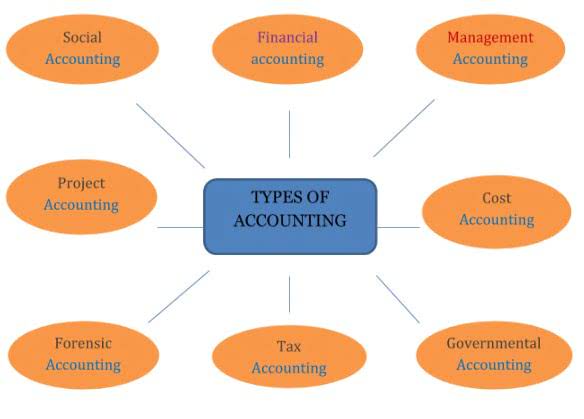
You are responsible for keeping the information needed to figure the basis of your stock in the corporation. Schedule K-1 provides information to help you figure your stock basis at the end of each corporate tax year. The basis of your stock (generally, its cost) is adjusted annually as follows and, except as noted, in the order listed. In addition, basis may be adjusted under other provisions of the Internal Revenue Code. You should generally use Form 7203, S Corporation Shareholder Stock and Debt Basis Limitations, to figure your aggregate stock and debt basis. If you are required to file Form 8082 but don’t do so, you may be subject to the accuracy-related penalty.

See Form 8960, Net Investment Income Tax—Individuals, Estates, and Trusts, and its instructions for information about how to figure and report the tax. The United States tax code allows certain types of entities to utilize pass-through taxation. This effectively shifts the income tax liability from the entity earning the income to those who have a beneficial interest in it. The Schedule K-1 is the form that reports the amounts that are passed through to each party that has an interest in the entity.
Worksheet for Adjusting the Basis of a Partner’s Interest in the Partnership
The amount reported reflects your pro rata share of the S corporation’s net section 199A(g) deduction. If the S corporation was a patron of an agricultural or horticultural cooperative (specified cooperative), you must use Form 8995-A to figure your QBI deduction. In addition, you must complete Schedule D (Form 8995-A), Special Rules for Patrons of Agricultural or Horticultural Cooperatives, to determine your patron reduction. The amount reported reflects your pro rata share of the S corporation’s net section 199A dividends. The corporation will report any information you need to figure the interest due or to be refunded under the look-back method of section 460(b)(2) on certain long-term contracts.
If the partner’s entire interest in the PTP is completely disposed of, any unused losses are allowed in full in the year of disposition. All determinations of material participation are based on your participation during the partnership’s tax year. Schedule K-3 replaced prior boxes 16 and 20 for certain international items on Schedule K-1. The schedule was designed to provide greater clarity k1 definition for partners on how to compute their U.S. income tax liability with respect to items of international tax relevance, including claiming deductions and credits. The amounts reported to you reflect your pro rata share of items from the S corporation’s trade(s) or business(es), or aggregation(s), and may include items that aren’t includible in your calculation of the QBI deduction.
What Is Schedule K-1: Partners Share of Income, Deductions, and Credits, etc.?
If you are an owner of a partnership, LLC, S-corp, or other entity that passes through taxes to its owners, in most cases you will receive a K-1 form each year. The K-1 is prepared by the entity to distribute to owners/shareholders to outline their portion of the income, loss, and deductions. Similar to a 1099 form received that highlights contractor income, you do not have to file the K-1 with your personal income tax return. Instead, you use the data on the form to fill out portions of your personal tax return.
Occasionally, the estate tax year will vary from the calendar year. Most often, an estate calendar year will start on the actual date of the owner’s death and typically end on December 31 of that same year. In the big picture, it may be more beneficial for you to invest in a traditional investment if you are new to investments, as it could save you the potential trouble of a complex return. The information going forward is identical across all 3 K-1’s except the labeling of the boxes. Section 1231 transactions involve the sale or exchange of property, leaseholds, cattle and horses, timber, coal, or iron ore, and other property.
